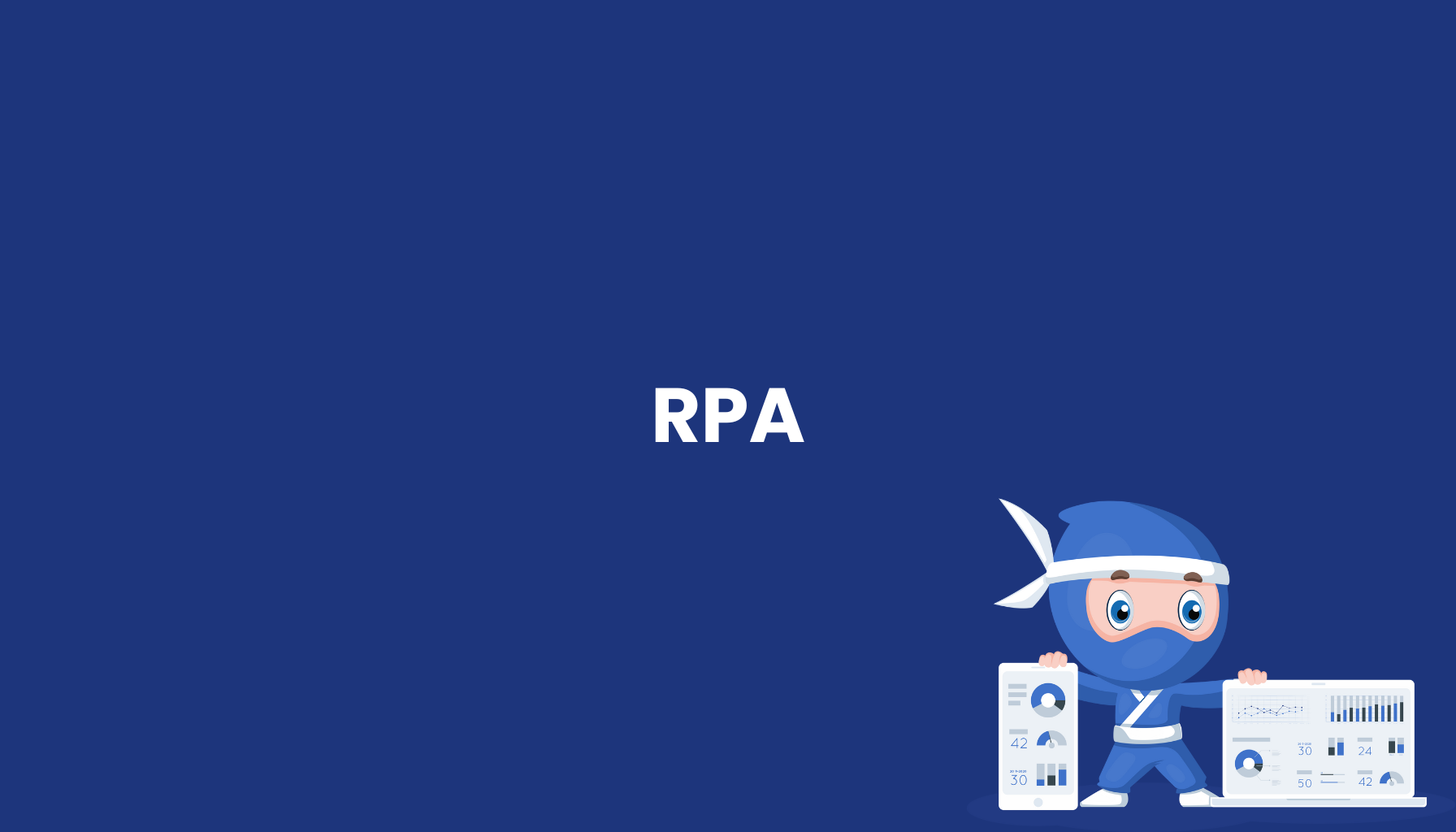RPA (Robotic Process Automation)

Definition
RPA (Robotic Process Automation) refers to the use of software robots to automate rule-based, repetitive business processes. These virtual assistants mimic human actions on computer user interfaces, navigate through applications, process data, and execute transactions without changing the underlying IT infrastructure.
Technological Foundations
RPA software operates at the user interface level and interacts with existing systems like a human user. Bots recognize screen elements, read data from various sources, perform calculations, and transfer information between systems.
Modern RPA platforms combine rule-based automation with artificial intelligence for intelligent document processing and decision-making. Machine learning extends standard RPA capabilities with text recognition, data extraction, and contextual processing.
Low-code development environments enable business departments to create and customize RPA workflows without extensive programming knowledge.
Business Benefits
- Efficiency Enhancement: Automation reduces processing times by 50-90% for rule-based processes
- Cost Reduction: Significant personnel cost savings with simultaneously improved accuracy
- Scalability: Flexible adjustment of bot capacities according to work volume
- Error Reduction: Elimination of manual input errors and consistency in data processing
- 24/7 Availability: Continuous process execution without breaks or shift operations
Applications and Processes
Finance and Accounting: Automation of invoice processing, accounts payable, and financial reporting. RPA bots extract data from documents, validate information, and create journal entries automatically.
Human Resources: Onboarding processes, payroll, and leave requests are accelerated through RPA. Bots collect employee data from various systems and update HR databases.
Customer Service: Automated processing of customer inquiries, status updates, and document dispatch. RPA reduces response times and improves customer satisfaction through consistent handling.
Production Environment: In manufacturing, RPA automates administrative tasks such as order entry, delivery note processing, and quality documentation. Bots transfer production data between different systems and create automated reports.
Implementation Strategies
Successful RPA projects begin with identifying suitable processes. Ideally, these are rule-based, high-volume, and low-variability. Process analysis and optimization before automation maximizes RPA effectiveness.
Pilot projects with limited scope demonstrate quick wins and create acceptance for larger automation initiatives. Change management and employee training are crucial for successful RPA adoption.
Governance and Management
RPA requires structured governance models for bot development, deployment, and monitoring. Central Excellence Centers coordinate RPA activities and ensure best practices.
Continuous monitoring tracks bot performance, identifies error cases, and optimizes automation workflows. Exception handling defines escalation paths for situations requiring human intervention.
Security and Compliance
RPA bots require appropriate access rights and authentication for system access. Audit trails document all bot activities for compliance requirements and traceability.
Data protection and GDPR compliance require careful handling of personal data in automated processes.
Future Trends
Intelligent Automation combines RPA with AI technologies like Natural Language Processing and Machine Learning for more complex automation scenarios. Hyperautomation extends RPA with Process Mining and Decision Management.
Cloud-native RPA platforms offer improved scalability and integration with modern enterprise applications.
RPA evolves from simple task automation to intelligent systems that independently optimize and execute complex business processes.


